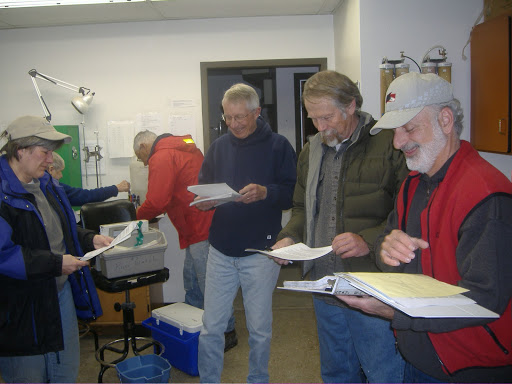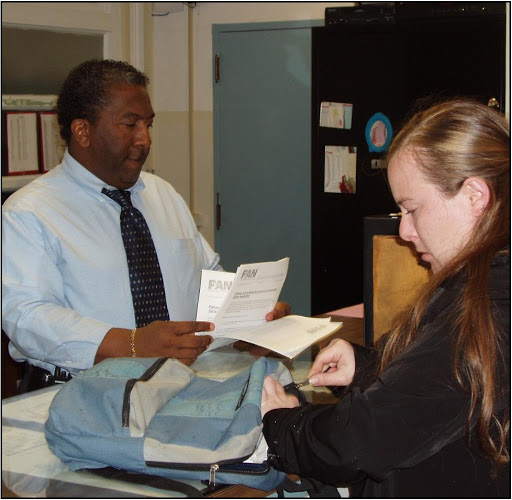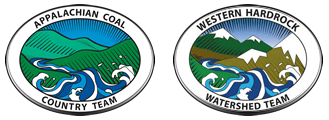Based on the work of
Plateau Action Network
Southern West Virginia
Plateau Action Network (PAN) has avoided having the same person write every article for their newsletter by soliciting contributions from board members (who are required to submit an article each quarter), volunteers and community members. Their mission incorporates the environment and the economy, so members of the community involved in these areas are encouraged to contribute their thoughts, opinions and projects to PAN’s message. A volunteer then organizes submissions into a newsletter for distribution.

Tested by
North Fork River Improvement Association
Western Colorado
North Fork River Improvement Association (NFRIA) selected this trial practice to increase membership and board involvement in the organization’s print media. NFRIA already had a membership list to receive the newsletters and to distribute monthly e-mail updates. They also had templates for each of these media, but board members and other volunteers had not contributed. NFRIA volunteers personally asked the board of directors to submit articles for the monthly e-mail updates. They also included an announcement in an email update soliciting volunteers from the membership to submit articles for the e-newsletter. These efforts resulted in some input from board members on a few isolated articles for the newsletter, but were unsuccessful in facilitating a shift towards sustained membership participation in print media. In August 2010, NFRIA merged with the Western Slope Environmental Resource Council. The merger resolved many of the challenges that limited the success of the practice in 2010. The merger provided an opportunity to redefine the responsibilities of committees and to create new volunteer opportunities. If this trial practice were to be re-implemented and expanded by NFRIA-WSERC, one approach worth trying would be to provide topics for individuals to write about in the newsletter.
Tested by
Crooked Creek Watershed Association
Western Pennsylvania
Crooked Creek Watershed Association (CrCWA) wanted to use a newsletter to accomplish their goal of keeping the community informed of their activities and projects and to possibly broaden membership. CrCWA, however, had not issued a newsletter in almost two years. In the past, the newsletter was created and written entirely by the group’s secretary, which proved to be unsustainable. CrCWA also had no electronic copy of its membership list and was working with addresses written on note cards making it difficult to send out publications. CrCWA created an electronic membership database for the group. Willing volunteers who attend events would be asked if they would like to contribute an article for the upcoming newsletter. Each board member was assigned an article to write and all board members submitted an article for the newsletter. A CrCWA volunteer worked with the OSM/VISTA to draft the newsletter, but the draft was then accidentally deleted from the computer and needed to be completely redone. The loss of the original draft of the newsletter coupled with the departure of the OSM/VISTA was a major setback and CrCWA was unable to distribute a newsletter within the one-year trial practice period. Despite setbacks, distributing a biannual newsletter is a top priority for CrCWA.

”Board and member contributions to print media are important to the community because we want to accurately and thoroughly represent our memberships perspectives on issues with which our organization is involved.”
-North Fork River Improvement Association
